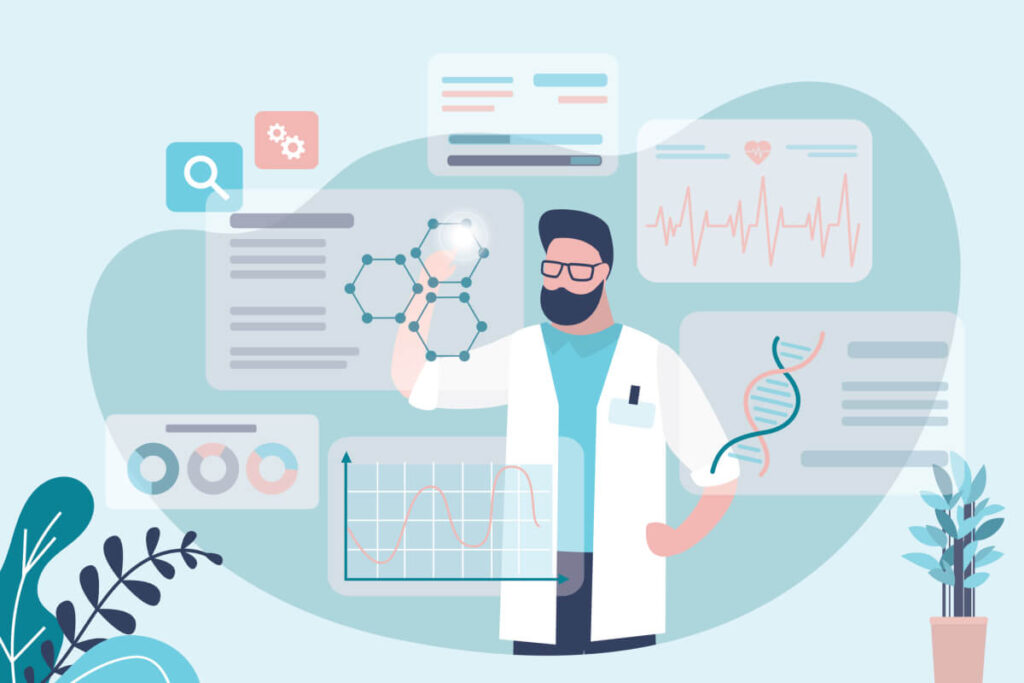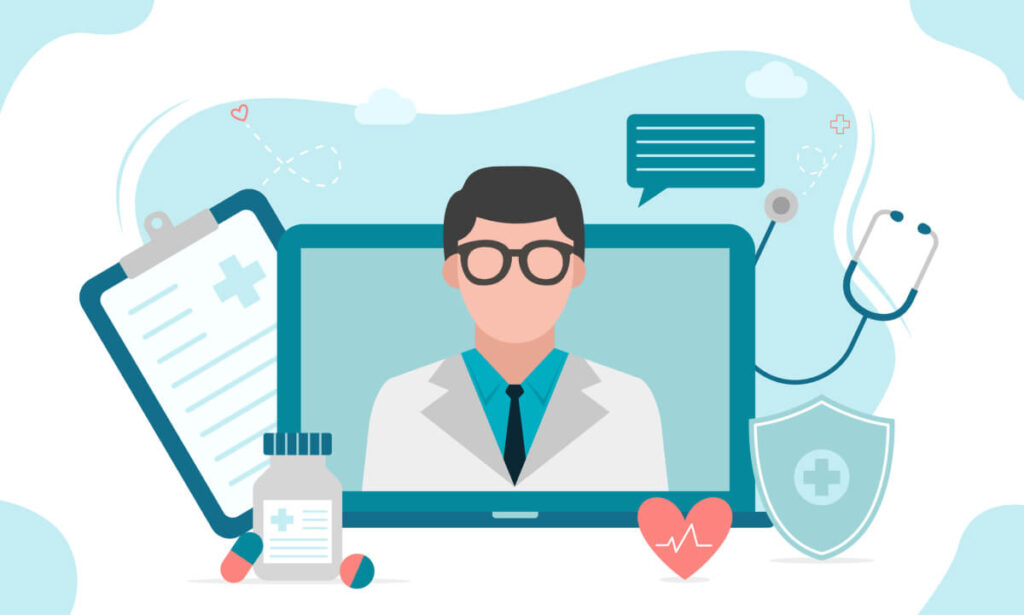With more healthcare providers using electronic patient portals and medical records for better patient care, it’s easy to get lost in the sea of acronyms used in health information technology. Terms like EMR and Patient Portal are often interchanged because of their similarities, but they’re actually made for different purposes.
So how is Patient Portal different from EMR? Patient Portals contain EMRs, but patients aren’t allowed to update their information there. Instead, Patient Portals provide them with different ways to communicate with a physician, view lab results, pay bills, book an appointment, and more.
With the advancements in medical technology, most providers turn to digital solutions in handling the medical information of patients. Two of the most popular options among healthcare providers are EMR Systems (used by about 89-90% of healthcare staff) and Patient Portals (adopted by about 90% of the healthcare centers in the country).
Choosing between an EMR system or Patient Portal depends on the needs and priorities of the health care provider. To help you decide which solution works best for the healthcare organization, here are some of the most important details of EMR and Patient Portal:
| EMR | Patient Portal | |
| End-User | Health care institutions | Patients |
| Information | Important health information like medical conditions, family history, and prescriptions | Important information uploaded by both the patient and the provider |
| Access | Patient health information is gathered and managed by authorized clinicians and medical staff from a single healthcare organization. | Medical information and findings are uploaded by the health care provider. Patients only have limited access to what they can edit, but they may also use portals to contact their doctor. |
EMR software is an excellent choice for organizations that provide specific healthcare services like psychiatry and dentistry. On the other hand, it’s better to pick Patient Portals for those who want to offer patient-centered care through accurate monitoring and improved preventative care.

An Electronic Medical Record (EMR) is the digital version of a paper chart that contains a person’s medical history, allergies, medications, diagnoses, and immunization. Most EMRs are designed to only be used by doctors and a medical care team from one healthcare organization. Although EMRs are convenient and easy to use for healthcare professionals under the same organization, it’s difficult to let other providers see the data unless it’s printed and mailed to them.
EMRs are often confused with other medical records like the Electronic Health Record (EHR) and Personal Health Record (PHR). Although they contain almost the same type of information, these medical records have a different level of accessibility in information sharing. An EHR may be accessed by all authorized clinicians involved in patient care while a PHR is managed by the patient. Medical information from a PHR is only accessible to healthcare providers if the patient decides to give their consent.
An EMR is for logging all the important medical information of a patient into a web-based or server-based system. It makes the medical record accessible for all medical staff within the healthcare organization. Providers often utilize EMR systems through mobile apps or secure web pages.
The EMR is always updated whenever a patient walks into the clinic. It records the reason for the visit, any treatment or diagnosis provided, and lab results that might come later. Having a reliable EMR system is extremely important for all healthcare providers because it’s slowly starting to take over the paper record system.
EMR systems come in different forms depending on how the healthcare organization prefers them. Most of the software available in the market leaves providers with a lot of space for customization, which makes EMR systems a must-have for medical practitioners. But if you’re still looking around for the best modern EMR systems to use, here are some essential features to consider:
Although there are other similar solutions, some providers still use the EMR system for keeping their medical records organized and accessible in one place. If you’re considering using an EMR software too, here are a few benefits and disadvantages of EMR to help you make the right decision:
Although EMR systems are extremely helpful for safekeeping patient records under one healthcare organization, they also have a few drawbacks that might affect how the provider operates like:

Patient portals are secure websites accessible to patients at any time, as long as they have an internet connection. A secure portal gives them access to their personal health information using a username and password.
Patients who want to access health information like billing, medications, doctor visits, allergies, and lab results are required to coordinate with the provider’s administrative staff first to help set up their medical portal account.
Patient portals are sometimes seen as a separate solution to EMRs, EHRs, and PHRs. However, most providers and developers describe Patient Portals as “PHRs tied to EHRs.”
These secure portals were created to improve interaction and communication between the patient and the health care team members. These systems encourage patients to assume a more active role in their health and wellness by providing them with easily accessible health records and a convenient way to contact their physician.
Patient portals (like Google Health) and are mostly utilized for retrieval of lab results, updating patient profiles, and contacting healthcare professionals and insurance providers. Some of these systems also allow patients to pay bills or book appointments with just a few clicks. Patient portals are important for healthcare providers because they help promote loyalty, streamline workflows, manage costs, and increase patient engagement.
A patient portal is an extremely helpful tool that helps improve patient care provided by health care institutions. However, each provider has a different set of needs that might not be met by just any patient portal software. If you’re still looking for a patient portal to use, here are some essential features to consider:
Find out if a patient portal is a right solution for the healthcare organization by considering these benefits and disadvantages:
Although more providers have started patient portals and electronic health record adoption, there are still mixed reviews about this solution. Here are some of the biggest challenges in using patient portals:
Looking for software to help manage medical records with ease? Calysta EMR is an all-in-one solution that allows providers to organize and keep electronic medical records in the cloud-based platform for a more secure EMR management. It’s an aesthetics-focused software that’s also customizable to suit most practices.
Find out how Calysta EMR helps dermatologists and physicians focus more on providing better care and treatment for their patients by organizing medical records with ease. Contact us today to claim a 1-month free trial of this all-in-one EMR solution.